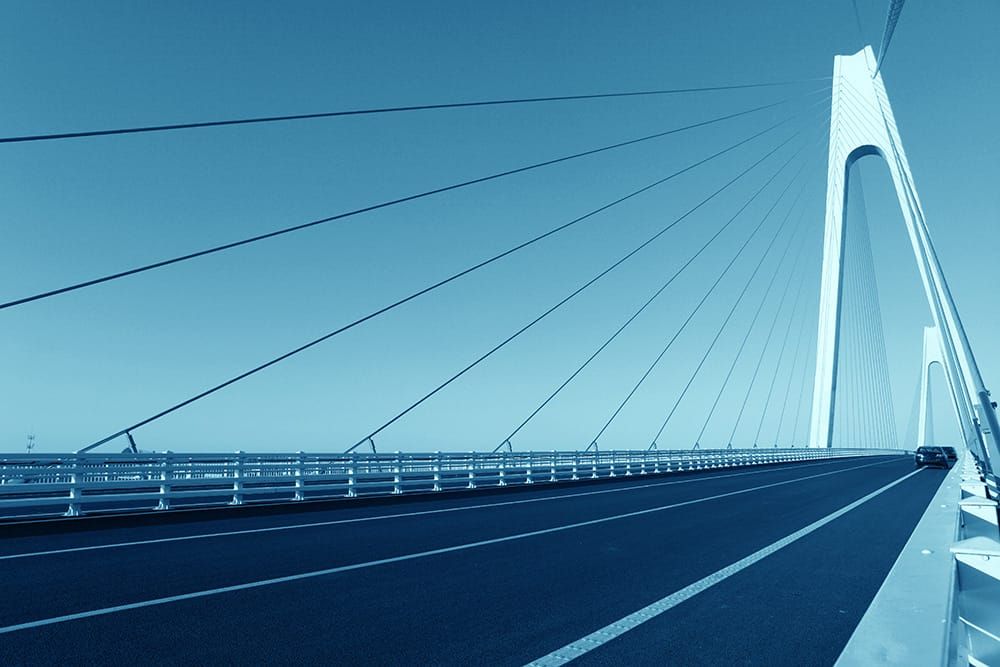Acceleration Signal Conditioning
With is a wide variety of vibration and acceleration signal conditioners available, its important you choose the right one.

WHAT IS ACCELERATION SIGNAL CONDITIONING?
WHAT IS ACCELERATION SIGNAL CONDITIONING?
Usually associated with the measurement of vibration. The sensing element is called an “Accelerometer”. Piezo-electric sensing elements generating a charge signal are common, and may have built in electronics, which determines the type of signal conditioning required. The signal might be dynamic (just changes in acceleration) or static (absolute acceleration). Tri-axial accelerometers are also common to measure pitch, yaw and roll.
Micro-electro-mechanical Systems (MEMS) is a technology that can be defined as miniaturised, mechanical and electro-mechanical elements (i.e. devices and structures) that are made using the techniques of microfabrication. MEMS technology is increasingly common for accelerometers.
Many transducers are manufactured with inbuilt charge to voltage conversion. These transducers operate on the constant current, Integrated Electronics Piezo Electric (IEPE) principle and are powered by the same coaxial cable that conducts the signal to the receiving amplifier.
?
WHAT IS ACCELERATION SIGNAL CONDITIONING?
There are many accelerometer technologies, so here’s a quick cross-reference between these technologies and the type of signal conditioning needed.
-
Accelerometer technology
Signal Conditioning
-
Piezo Charge Output: StaticCharge Amplifier
-
Piezo Charge Output: DynamicCharge Head Amplifier
-
Differential Piezo Charge Output: StaticDifferential Charge Amplifier
-
Differential Piezo Charge Output: DynamicDifferential Charge Head Amplifier
-
High Temperature Piezo Charge OutputSpecial Charge Head Amplifier handling high leakage characteristics of high temperature transducer
-
Capacitance (Usually MEMS)Differential DC Amplifier. Usually includes a DC power supply for the transducer.
-
IEPE (Always Dynamic)IEPE Amplifier
-
Wheatstone Bridge Resistive Accelerometer. Usually measuring force with a fixed mass.Bridge Amplifier
-
Servo (Force-Balance) Accelerometer with built in electronicsCombined DC amplifier and power supply. Can require more current than available from a bridge amplifier.
When either a charge amplifier or charge head amplifier is used, the connection to the transducer is through low noise 100% screened charge amplifier cable, and thus it is cost and also performance effective to keep this section of cabling as short as is practicable. Between 1 metre and 5 metres of cable will prove to be sufficient in most installations.
WHAT FYLDE PRODUCTS ARE AVAILABLE?
- Fylde offers a variety of products across its product range suitable for acceleration signal conditioning.
- Various IEPE Modules can be found in both 9 Series and Micro Analog 2 ranges depending on your needs. For our range of Charge Amplifiers and Head Amplifiers for Acceleration Signal Conditioning, visit our Other Products Acceleration range.